Mark
Forum Replies Created
Viewing 10 posts - 1 through 10 (of 10 total)
-
MarkParticipantAs I take my daily walks around my neighborhood lake, I've had the opportunity to get frequent glimpses into the life of an Osprey who, though apparently not nesting there, is at least a regular visitor. These images illustrate the events told here. Several of the techniques from the course were used in capturing, cropping, and editing the photos. The Osprey has two regular perches, one near either end of the lake. It generally uses the one nearer the stream that feeds the lake to look for and dive for fish. After catching a fish, it goes to the other perch (closer to the dam) to devour it. One would think that a large raptor like an Osprey would be the proverbial big fish in a small pond in such a location and be able to do as it pleased. The Osprey does, however, face challenges at the lake. For example, on one occasion, the Osprey had the awkward experience of swooping down, catching a fish, and heading to its dinner perch, only to find a Great Blue Heron sunning its wings there. This apparently caught the Osprey by surprise, causing it to pull up and drop its fish. The neighborhood American Crows (with, perhaps, assistance from the Fish Crows that also frequent the lake) create additional challenges for the Osprey. On more than one occasion, I witnessed a Crow intercept the Osprey immediately after the Osprey had caught a fish and aggressively attempt, apparently, to take the fish away from the Osprey in mid-air. On numerous other occasions, the Osprey has been unable to fish or even sit in peace, as gangs of Crows (though perhaps not a sufficient number to consitute a Murder!) occupy other branches in the tree where the Osprey perches and harrass it mercilessly, often leading the Osprey to fly away, with squawking crows in pursuit.



-
MarkParticipantI still need to find a location with people-friendly birds, with the sun and wind at my back, but here are a few attempts at birds in flight. The Osprey was at Belle Haven Marina, taking off from a nesting platform, and diving for a fish in the Potomac. The Least Tern was at South Cape May Meadows.


 in reply to: Practice Capturing Birds in Flight #723093
in reply to: Practice Capturing Birds in Flight #723093 -
MarkParticipant

 Two photos, both of which capture habitat rather than just the bird, and one of which has unusual lighting. The first, a Killdeer at South Cape May Meadows, leaves the bird in a smaller area of the picture (but still using rule of thirds) to show more of the wetlands habitat. The second, a backlit juvenile Bald Eagle, was actually just a quick iPhone snapshot to show the location (near Belle Haven Marina on the Potomac River), but the symmetry of the trees and the silhouette of the Eagle made for an interesting picture. in reply to: Practice Getting Creative and Telling Stories #720147
Two photos, both of which capture habitat rather than just the bird, and one of which has unusual lighting. The first, a Killdeer at South Cape May Meadows, leaves the bird in a smaller area of the picture (but still using rule of thirds) to show more of the wetlands habitat. The second, a backlit juvenile Bald Eagle, was actually just a quick iPhone snapshot to show the location (near Belle Haven Marina on the Potomac River), but the symmetry of the trees and the silhouette of the Eagle made for an interesting picture. in reply to: Practice Getting Creative and Telling Stories #720147 -
MarkParticipant


 The picture of the American Oystercatcher, taken on my day trip pilgrimage to Cape May yesterday, follows the rule of thirds. The background is blurred in the Red-Tailed Hawk picture. For the Bald Eagle (taken on July 4th!), I broke the rule of thirds. The angle of the bird flying away, and the lack of anything but blue sky beyond it, made it look better to me this way. Fun fact, the Eagle and the Hawk (wasn’t that a John Denver song) were taken only 12 minutes apart, both using the car as a blind, sort of. The Eagle was too far away to care about me. I saw the hawk perched on a wire as I drove home from where I’d just seen the Eagle. The road was very lightly traveled at the time, so I was able to turn around, go back, stop underneath, and take the picture through the sunroof. in reply to: Practice Crafting Great Bird Photos #719803
The picture of the American Oystercatcher, taken on my day trip pilgrimage to Cape May yesterday, follows the rule of thirds. The background is blurred in the Red-Tailed Hawk picture. For the Bald Eagle (taken on July 4th!), I broke the rule of thirds. The angle of the bird flying away, and the lack of anything but blue sky beyond it, made it look better to me this way. Fun fact, the Eagle and the Hawk (wasn’t that a John Denver song) were taken only 12 minutes apart, both using the car as a blind, sort of. The Eagle was too far away to care about me. I saw the hawk perched on a wire as I drove home from where I’d just seen the Eagle. The road was very lightly traveled at the time, so I was able to turn around, go back, stop underneath, and take the picture through the sunroof. in reply to: Practice Crafting Great Bird Photos #719803 -
MarkParticipantNear my backyard feeder, there is a fence, a brush pile, two potted plants, and an evergreen bush. Birds will often perch on these, or in a nearby maple tree, while awaiting a turn at the feeder or to retreat to with their meal.in reply to: Practice Gaining an Audience with Birds #719285
-
MarkParticipant
 Since the pandemic began, I’ve taken almost daily walks through the woods and around a small lake near my home in Northern Virginia. One of the highlights has been the frequent sightings of an Osprey (sometimes two of them) that seems to have favorite perches in two trees there, one near each end of the lake. It does not seem to nest there, but visit s almost daily to feed. I have watched it fly from one perch to the other, dive down and grab a fish from the water and take it up to the perch for dining. I have also seen it battle crows intent on taking the fish from it or, at other times, on driving it from the tree. With a telephoto lens, I’ve been able to get some fairly good photos. In this one (my last of that session, and since then...) the facial expression, like that of Melissa’s Harrier, suggests I may have overstayed my welcome. in reply to: Practice Understanding Birds for Better Photos #719080
Since the pandemic began, I’ve taken almost daily walks through the woods and around a small lake near my home in Northern Virginia. One of the highlights has been the frequent sightings of an Osprey (sometimes two of them) that seems to have favorite perches in two trees there, one near each end of the lake. It does not seem to nest there, but visit s almost daily to feed. I have watched it fly from one perch to the other, dive down and grab a fish from the water and take it up to the perch for dining. I have also seen it battle crows intent on taking the fish from it or, at other times, on driving it from the tree. With a telephoto lens, I’ve been able to get some fairly good photos. In this one (my last of that session, and since then...) the facial expression, like that of Melissa’s Harrier, suggests I may have overstayed my welcome. in reply to: Practice Understanding Birds for Better Photos #719080 -
MarkParticipantI’m in my early 50s and only live about 20 miles from where I grew up, but I never see the kinds of bird flocks that I used to see in the area. I don’t know what kind of birds they were back then, or whether they’ve just moved elsewhere because of the relentless suburban development in northern Virginia, but the few flocks I see nowadays (during migration, particularly in the fall) pale in comparison.in reply to: Activities: Helping Birds in Your World #695292
-
MarkParticipant1. Near my house is a small lake with a trail around it, where I walk frequently. The lake is man-made. Near the dam end, one frequently sees tree swallows, Canada Geese swimming, and Osprey overhead. At the other end is a wooded area where the stream feeds the lake, there are cardinals, robins, sparrows, etc. Along the sides, and in between, one frequently sees mallards, red-winged blackbirds, and a great blue heron. 2.Mt Lemmon and Down House would seem to be more wooded, while Roger Road and Sevenoaks would seem to have a body of water present.in reply to: Activities: Exploring Bird Habitats #695096
-
MarkParticipantI’ve been listening to recordings of different birds, on Merlin and on a CD. When out walking today I heard a sound I recognized as a Pileated Woodpecker call, I looked and sure enough there he was. I almost got an even better picture of him on the side of a tree a few seconds later, but a person was walking from the other direction and the bird flew away.
 in reply to: Activities: Noticing Behaviors #694791
in reply to: Activities: Noticing Behaviors #694791 -
MarkParticipant
 Even though it’s one of the most commonly seen birds in my neighborhood, I never get tired of seeing a Northern Cardinal. in reply to: Activities: Exploring Birds #693409
Even though it’s one of the most commonly seen birds in my neighborhood, I never get tired of seeing a Northern Cardinal. in reply to: Activities: Exploring Birds #693409
Viewing 10 posts - 1 through 10 (of 10 total)

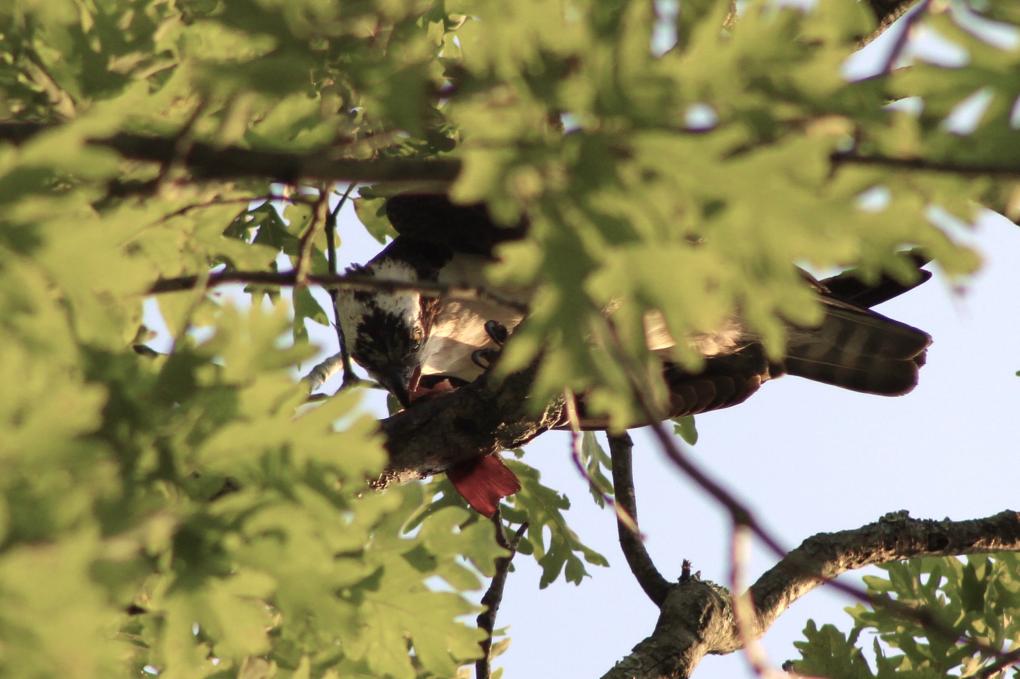
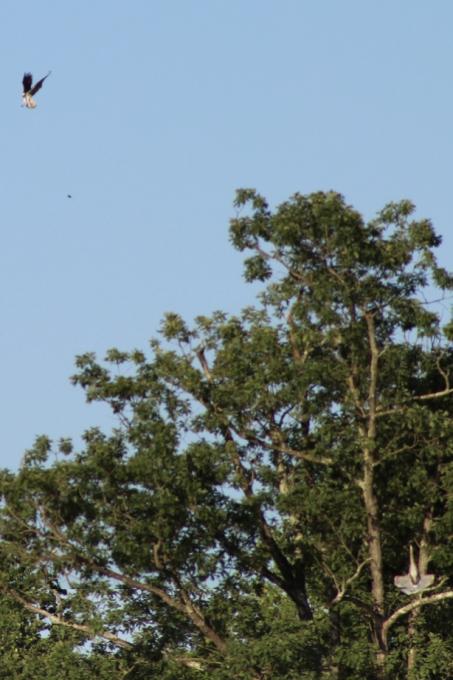
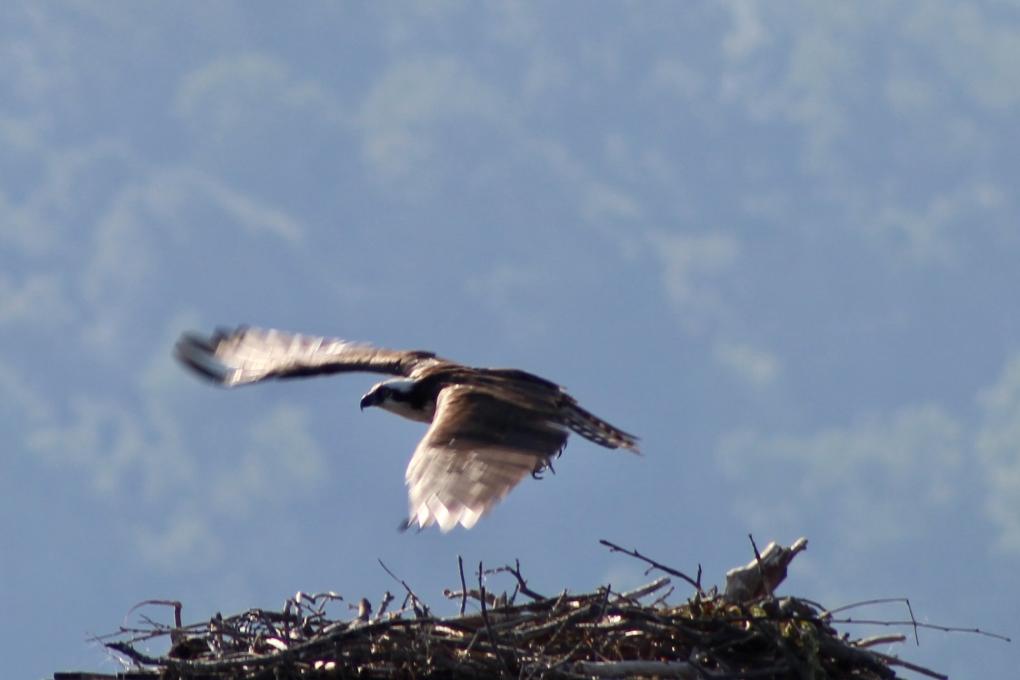
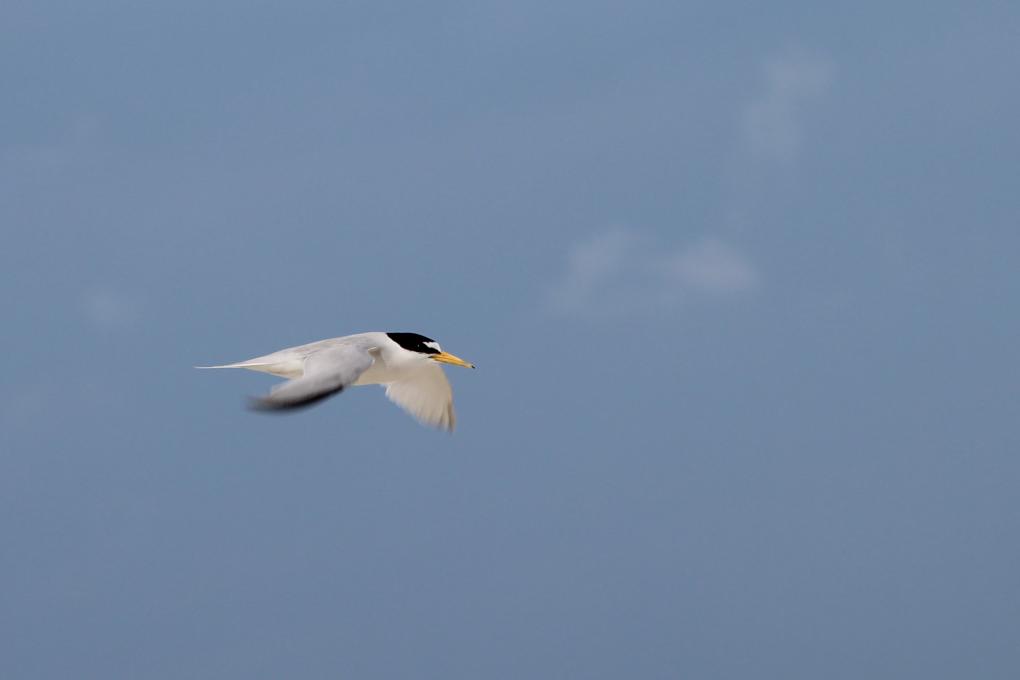
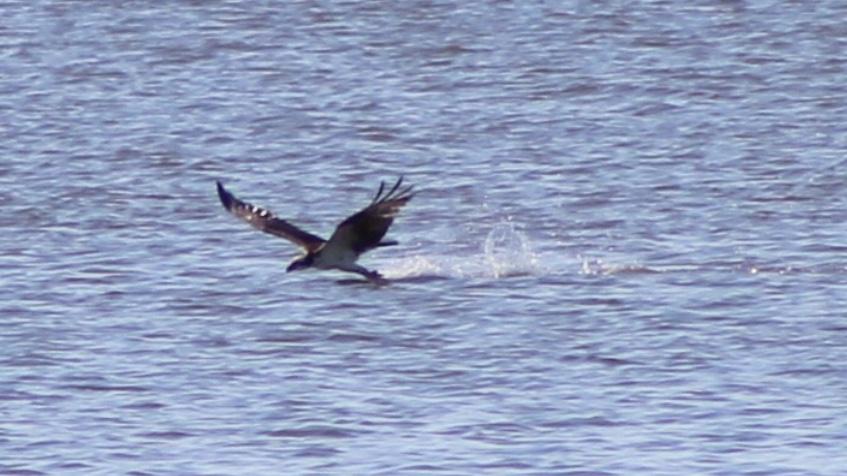
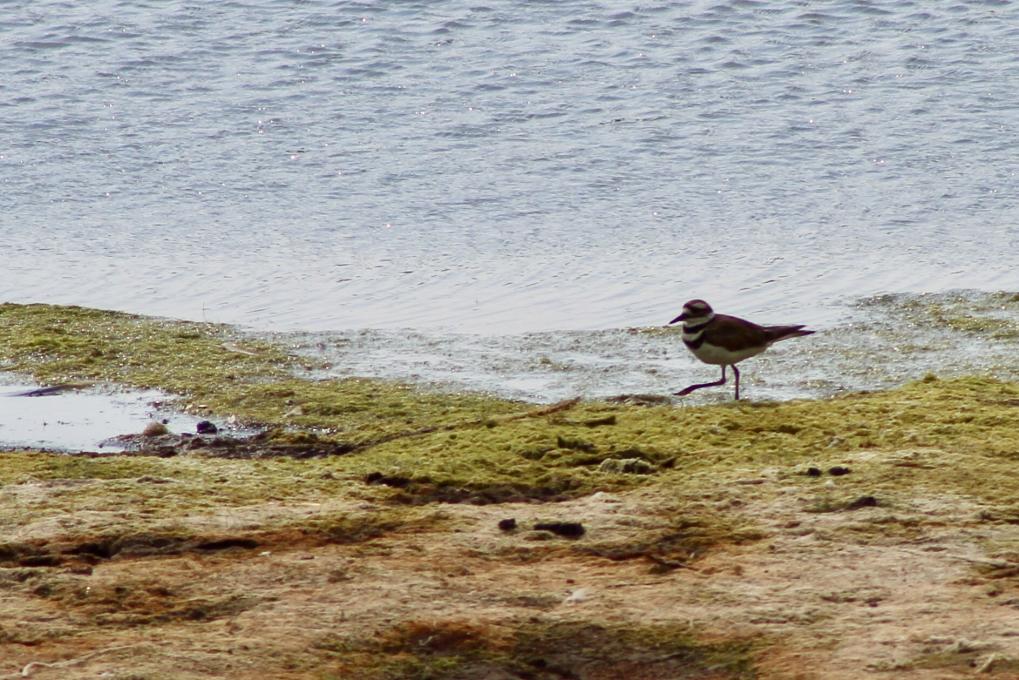
 Two photos, both of which capture habitat rather than just the bird, and one of which has unusual lighting. The first, a Killdeer at South Cape May Meadows, leaves the bird in a smaller area of the picture (but still using rule of thirds) to show more of the wetlands habitat. The second, a backlit juvenile Bald Eagle, was actually just a quick iPhone snapshot to show the location (near Belle Haven Marina on the Potomac River), but the symmetry of the trees and the silhouette of the Eagle made for an interesting picture.
Two photos, both of which capture habitat rather than just the bird, and one of which has unusual lighting. The first, a Killdeer at South Cape May Meadows, leaves the bird in a smaller area of the picture (but still using rule of thirds) to show more of the wetlands habitat. The second, a backlit juvenile Bald Eagle, was actually just a quick iPhone snapshot to show the location (near Belle Haven Marina on the Potomac River), but the symmetry of the trees and the silhouette of the Eagle made for an interesting picture. 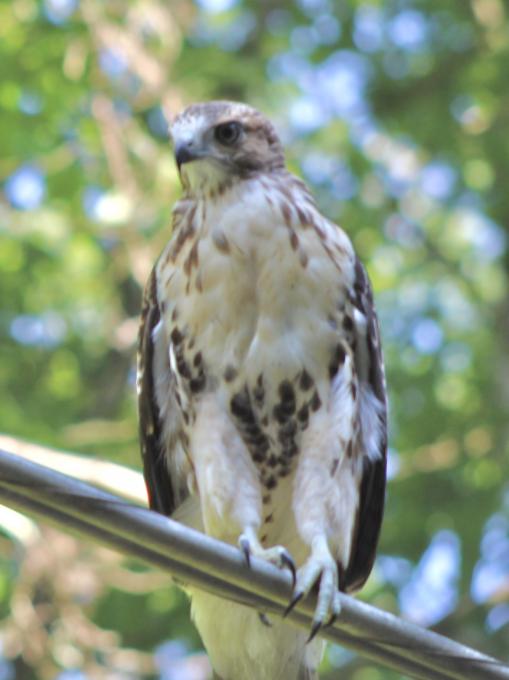

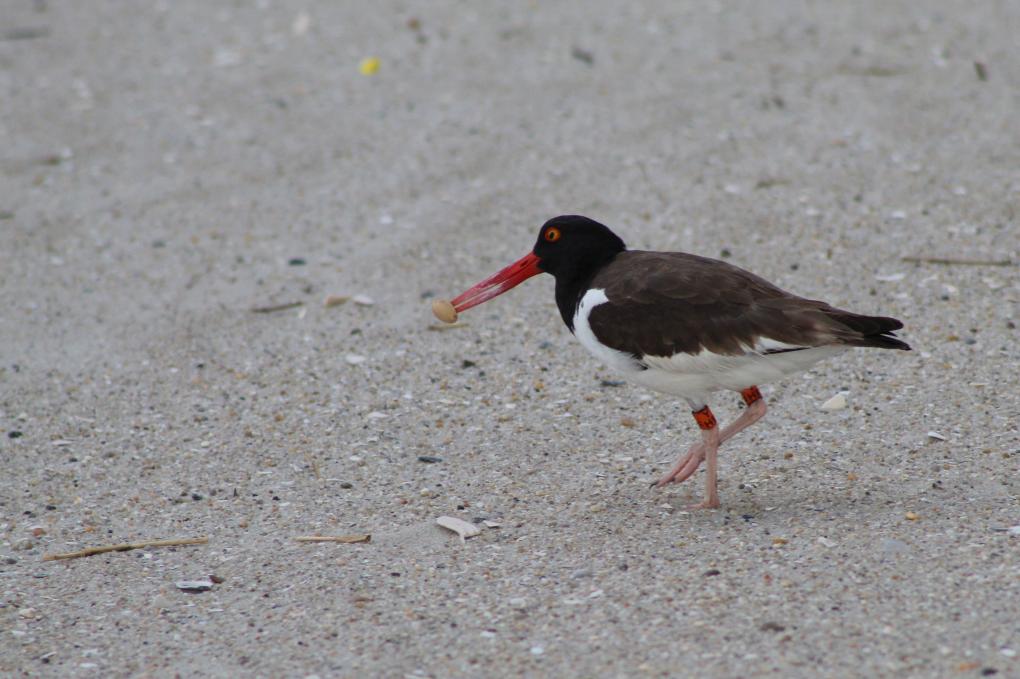 The picture of the American Oystercatcher, taken on my day trip pilgrimage to Cape May yesterday, follows the rule of thirds. The background is blurred in the Red-Tailed Hawk picture. For the Bald Eagle (taken on July 4th!), I broke the rule of thirds. The angle of the bird flying away, and the lack of anything but blue sky beyond it, made it look better to me this way. Fun fact, the Eagle and the Hawk (wasn’t that a John Denver song) were taken only 12 minutes apart, both using the car as a blind, sort of. The Eagle was too far away to care about me. I saw the hawk perched on a wire as I drove home from where I’d just seen the Eagle. The road was very lightly traveled at the time, so I was able to turn around, go back, stop underneath, and take the picture through the sunroof.
The picture of the American Oystercatcher, taken on my day trip pilgrimage to Cape May yesterday, follows the rule of thirds. The background is blurred in the Red-Tailed Hawk picture. For the Bald Eagle (taken on July 4th!), I broke the rule of thirds. The angle of the bird flying away, and the lack of anything but blue sky beyond it, made it look better to me this way. Fun fact, the Eagle and the Hawk (wasn’t that a John Denver song) were taken only 12 minutes apart, both using the car as a blind, sort of. The Eagle was too far away to care about me. I saw the hawk perched on a wire as I drove home from where I’d just seen the Eagle. The road was very lightly traveled at the time, so I was able to turn around, go back, stop underneath, and take the picture through the sunroof. 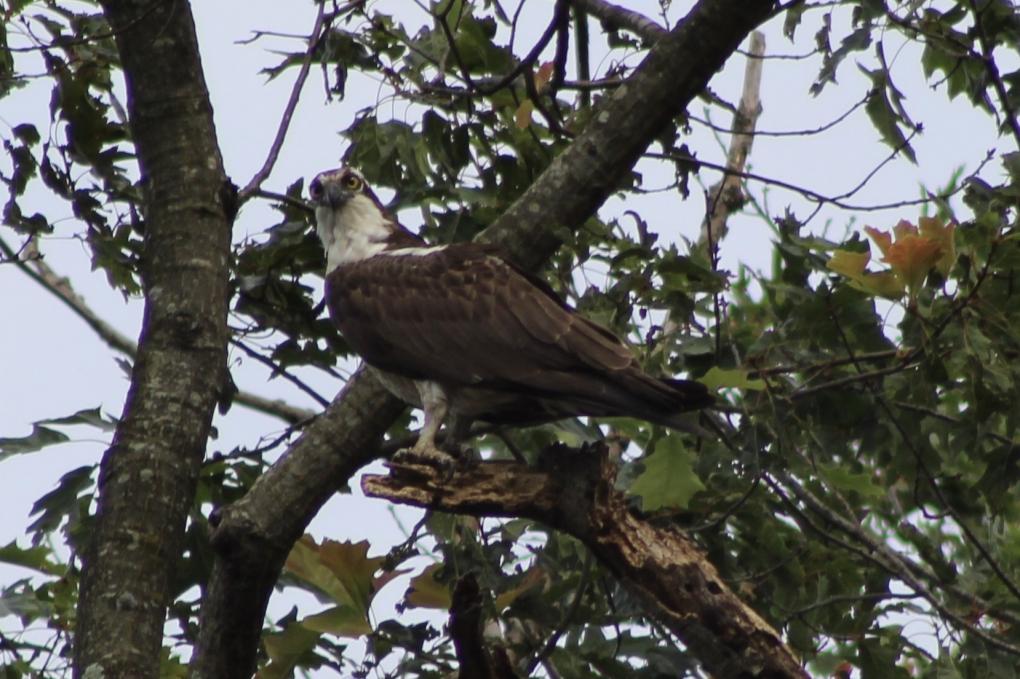 Since the pandemic began, I’ve taken almost daily walks through the woods and around a small lake near my home in Northern Virginia. One of the highlights has been the frequent sightings of an Osprey (sometimes two of them) that seems to have favorite perches in two trees there, one near each end of the lake. It does not seem to nest there, but visit s almost daily to feed. I have watched it fly from one perch to the other, dive down and grab a fish from the water and take it up to the perch for dining. I have also seen it battle crows intent on taking the fish from it or, at other times, on driving it from the tree. With a telephoto lens, I’ve been able to get some fairly good photos. In this one (my last of that session, and since then...) the facial expression, like that of Melissa’s Harrier, suggests I may have overstayed my welcome.
Since the pandemic began, I’ve taken almost daily walks through the woods and around a small lake near my home in Northern Virginia. One of the highlights has been the frequent sightings of an Osprey (sometimes two of them) that seems to have favorite perches in two trees there, one near each end of the lake. It does not seem to nest there, but visit s almost daily to feed. I have watched it fly from one perch to the other, dive down and grab a fish from the water and take it up to the perch for dining. I have also seen it battle crows intent on taking the fish from it or, at other times, on driving it from the tree. With a telephoto lens, I’ve been able to get some fairly good photos. In this one (my last of that session, and since then...) the facial expression, like that of Melissa’s Harrier, suggests I may have overstayed my welcome. 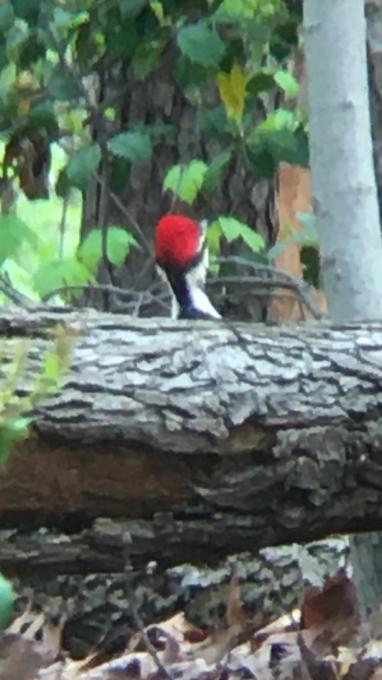
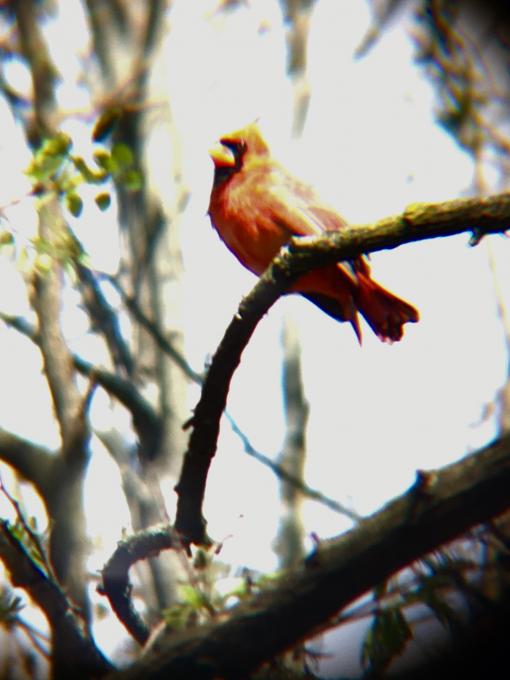 Even though it’s one of the most commonly seen birds in my neighborhood, I never get tired of seeing a Northern Cardinal.
Even though it’s one of the most commonly seen birds in my neighborhood, I never get tired of seeing a Northern Cardinal.